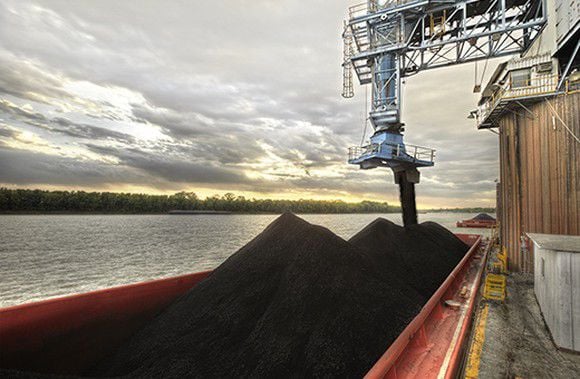By 2030, Russian coal exports are expected to slump by 30% or 64 million metric tons (mt), against 2021, unless massive investments are pumped into railway infrastructure development and import-replacement of critical technologies, a forecast made by the Russian Energy Ministry envisaged.
Under the radical scenario, Russian coal production will plummet by 55 million mt or 12.5%, entailing harsh consequences for the economy of the coal mining regions. The Ministry stated that the existence of 10 communities that rely on coal mining with a total population of 700,000 is expected to be in jeopardy due to the closure of coal mines.
“Russia faces a threat of losing big markets with a total volume of supplies of 64 million mt/y,” the Ministry said, adding that this figure doesn’t include exports to Japan, Korea and Taiwan, the future of which is not guaranteed.
Russian coal on those markets will be replaced by supplies from Australia, Indonesia, and, to a lesser extent, from the USA, South Africa and Colombia, the Ministry reported.
The only chance to avert this slump in exports is by expanding the Eastern Polygon, a Siberian railway system consisting of the Baikal Amur Mainline and Trans-Siberian Railway, to facilitate the delivery of coal to the sea ports in the Russian Far East.
In addition, substantial investments are needed to replace the import of critical Western technologies, from which Russian coal miners are barred by sanctions, the Ministry noted.
Meeting the goals will take up to 1.2 trillion roubles ($14 billion), the Ministry calculated.
Russia is struggling to diversify coal exports, but supplies to Asia, Africa and the Middle East are hampered by problems with logistics, freight, and insurance, Maxim Basov, general manager of SUEK, the largest Russian coal producer, told local press in September 2023.
Moreover, to access new markets, Russian coal miners would have to offer their product at a considerable discount. In Asia-Pacific and Africa, the discount reaches up to 67% to 73% of regional benchmarks, a source in the Russian coal industry told local newspaper Vedomosti.
The sanctions have pushed the price of Russian exports below $100/mt, and in some cases, to $90/mt, according to a report by the Australian Department of Industry Science and Resources. In addition, a continuing downward rally of the Russian rouble spurs operational costs in the Russian coal industry, particularly those associated with replacing equipment.
The Russian rouble has weakened by 26% this year as a result of a collapse in export revenues and growing government spending, making it the third worst-performing global currency this year. During the past 12 months, the Russian rouble lost nearly half its value against the U.S. dollar.
The Russian coal industry has a ‘critical dependence’ on foreign technologies, the Energy Ministry said in a separate report. The Russian authorities are encouraging local businesses to look into the import-replacement of 78 items of mining equipment and components, which are in the highest demand among the coal mines, though it would take years before any tangible results are achieved.









